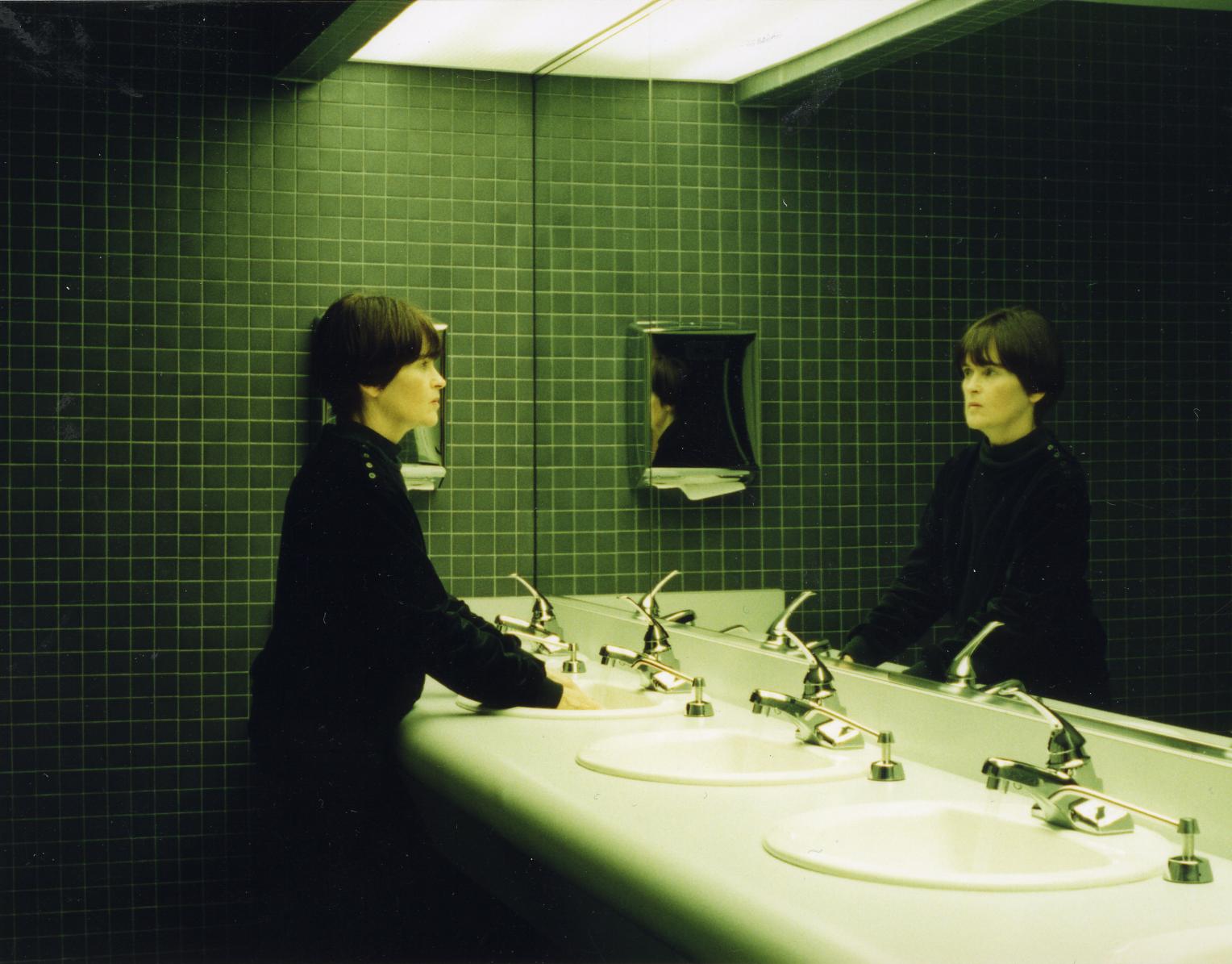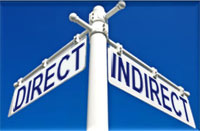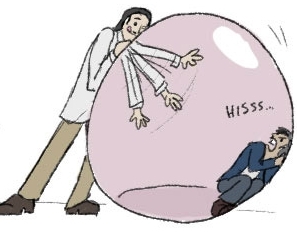I was having dinner earlier today with a group of part timers from an event that I'm currently working on. Together with us was one guy whom I had not met before. I couldn't care less about him as I was pretty hungry. Despite so, I portioned out some of my attention to listen to their conversation.

The guy whom I had not met before was trying to convince one of the part timers to join him in a Multi-level Marketing (MLM) scheme. I had heard enough stories in the past about MLM to know that MLM isn't good, and I was pretty certain that the part timer wasn't keen to be part of the scheme too from his replies, but wasn't sure how to reject him. I thought that I could lend a helping hand, so I decided to interrupt the conversation.
"Hi, I was listening to your conversation just now, and the prospect of this plan sounds promising. Can I have your name card?"
"Errr... I don't have a name card."
"You are working for this company, yet you don't have a name card, and you are representing this company as you are talking to us?"
"Wait, let me show you my distribution license." He began to clumsily search for it in his bag for about 15 seconds. "You see, this is my distribution license." He hands over a bulky transparent plastic card holder that was flipped to the page with his license.
"So these numbers represents your distribution license ID? How do I verify it? And under which authority was this license sanctioned by?"
He started clicking his pen and stutter "Errr... I don't know, but if you all are interested, you can attend the talk that I mentioned earlier on. All your doubts will be clarified there." Signs of nervousness.
I started questioning the identity of him and the company, and he couldn't answer.
"Alright, let's give you the benefit of doubt. Just leave your contact with him (the part timer), and if he is intereted or has any questions, he will contact you. Sounds good?"
"Yeah, good. He already has my contact."
I thought I just did something great, but after some clarifications with another part timer, I then realised that the MLM guy was the friend of the part timer. And I felt bad suddenly, as I was pretty rude, and that could have put the part timer in an awkward spot. I regretted being too harsh, as I should have tried to understand their relationship better before acting.
Feeling apologetic, I kept reflecting on the incident and thought how I could have handled the situation better while on my way back home. I came to the conclusion that there are two ways to reject someone:
As you are reading this, you may be thinking "duh... I don't need you to tell me that", but my analysis of these two ways of rejection may help you decide how to reject somebody in the future.
Direct Rejection
A direct rejection often involves using a firm, or even harsh tone, and you are straight to the point in expressing your disinterest in whatever the speaker is presenting. Some techniques includes criticism, sarcasm, expressing doubts on the item being presented. What I did earlier on was a direct rejection.
Let's do a simple SWOT analysis* for this form of rejection.
Strengths, Direct rejection is straight to the point. It allows little points for the opposition to leverage on and continue his presentation, thus ending the presentation swiftly. It also express your disinterest and displeasure in a strong manner, creating a deterrence effect.
Weaknesses. Direct rejection may come across as being offensive, especially in Asian's culture where harmony and good relationship is vital.
Opportunities. The opposition will better know what you are not interested in, and may be able to offer something different that may interest you. If he doesn't have alternate proposal, he will leave you alone.
Threats, You may leave a negative impression to the opposition. If the opposition is someone related to you, the relationship may turn sour. Even if he has a better alternate proposal, he may not want to share it with you.
 Indirect Rejection
Indirect Rejection
An indirect rejection involves using a polite tone, and tends to go in circles before reaching your point. Some techniques includes expressing uncertainty over prospect of proposal, giving excuses, postponing, bring up/create stories that depict negativity of the item proposed.
Let's now do a SWOT analysis for indirection rejection too.
Strengths, Indirect rejection allows both party to engage in a calm conversation, even though you are gradually steering it towards your favour. It is polite and not offensive. It leaves spaces for the opposition to retreat without making the encounter awkward.
Weaknesses. Indirect rejection takes a longer time for opposition to get the message that you are uninterested. It leaves a lot of leveraging points for a experienced presenter to exploit and continue his persuasion.
Opportunities, The opposition will still feel positive about you, and may offer you better proposals that may interest you. The relationship between both parties will not be hurt much, therefore retaining/making a friend, and allows future collaborations.
Threats. The opposition may feel that you are a soft person, and will continue to present you with other proposals.
I hope my analysis can help you decide when to use which method of rejection in the future when you come across annoying salesperson, insurance agent etc. However, I will still advice you to listen to their speech with an open mind before you shut them out. Sometimes, they may really have something great in stall for you.
*A SWOT analysis is a method to understand something through its Strength, Weakness, Opportunity, and Threat.
-The god has spoken
 I am not disagreeing with spicing up our life with interesting activities. In fact, I think we need to have that so as to keep us connected to our peers, to our society. We need to have sufficient social life in order to stay on track with this fast-paced society.
I am not disagreeing with spicing up our life with interesting activities. In fact, I think we need to have that so as to keep us connected to our peers, to our society. We need to have sufficient social life in order to stay on track with this fast-paced society.













